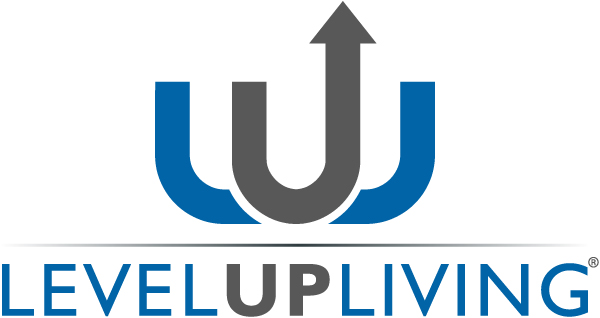The Power of Reflective Leadership
Reflective leadership involves actively thinking about your decisions, behaviors, and their impact on your team and organization. It goes beyond just reacting to situations and instead focuses on intentional actions that drive positive outcomes.
Benefits of Reflective Leadership
- Enhanced self-awareness and personal growth
- Improved decision-making and problem-solving skills
- Strengthened relationships with team members
- Increased clarity and focus in leadership approach
How to Incorporate Reflection into Your Leadership Practice
Follow these steps to embrace reflective leadership:
- Schedule regular reflection time: Set aside dedicated time each week to reflect on your leadership experiences, challenges, and successes.
- Keep a leadership journal: Write down your thoughts, insights, and lessons learned from your reflections to track your growth over time.
- Seek feedback: Ask your team members for feedback on your leadership style and use it to make improvements.
“True reflection is the ability to learn from your experiences and leverage those learnings to become a better leader.”
Real-World Examples of Reflective Leadership
Consider the following scenarios where reflective leadership can make a difference:
| Scenario | Reflective Action |
|---|---|
| Conflict resolution within the team | Reflect on your role in the conflict and identify ways to handle similar situations better in the future. |
| Missed project deadline | Reflect on the factors that led to the delay and strategize ways to improve time management and planning. |
FAQs
How often should I engage in reflective leadership?
It’s recommended to dedicate at least 30 minutes to an hour each week for reflective practices. Consistency is key to reaping the benefits of reflection.
What if I struggle to reflect on my leadership experiences?
Start small by jotting down one positive and one challenging leadership moment each day. Gradually increase the depth of your reflections as you become more comfortable with the practice.
